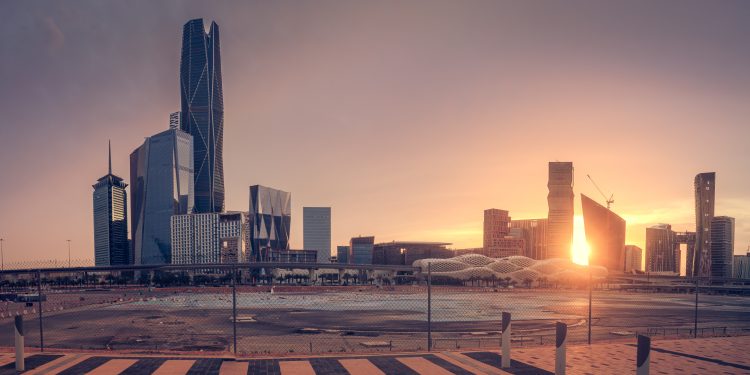Saudi Arabia’s real estate market is poised for significant growth in 2025, underpinned by Vision 2030’s push to diversify the economy and reduce reliance on oil. Recent analysis highlights that the Kingdom’s non-oil sector is set to expand by 5.8 percent, outpacing the previous year’s growth.
Major construction activity continues, with $29.5 billion in project awards recorded in 2024. By 2029, the property market is projected to reach over $100 billion, with an annual growth rate of 8 percent starting in 2024.
Strong demand is evident across hospitality, mixed-use, leisure, and residential sectors. Notably, $7.9 billion in residential contracts were awarded this year, and Riyadh’s office market saw near-full occupancy for premium buildings. Average rents for top-grade offices reached $609 per square meter, and over 300,000 square meters of new space entered the market, with even more planned for 2025.
Challenges such as capacity limits, rising costs, and geopolitical tensions persist. However, the sector is addressing these through increased local participation, infrastructure investment, digital transformation, regulatory reforms, and a focus on sustainability.
Large-scale events like the FIFA World Cup 2030 and EXPO 2030 are expected to drive further investment and infrastructure growth, boosting the real estate sector’s prospects.
Riyadh’s residential market remains dominated by villas, with supply constraints likely to push prices and rents higher. The city’s hospitality sector has seen daily hotel rates rise by over 13 percent, reflecting its growing status as a business and leisure hub. Jeddah also continues to attract interest, especially from regional and global companies, while Dammam’s market is steady, led by government demand.
Growth in the industrial, logistics, and data center segments is robust, fueled by advancements in 5G and artificial intelligence. The Kingdom now ranks among the leaders in regional data center capacity, supporting its ambitions for further expansion.


